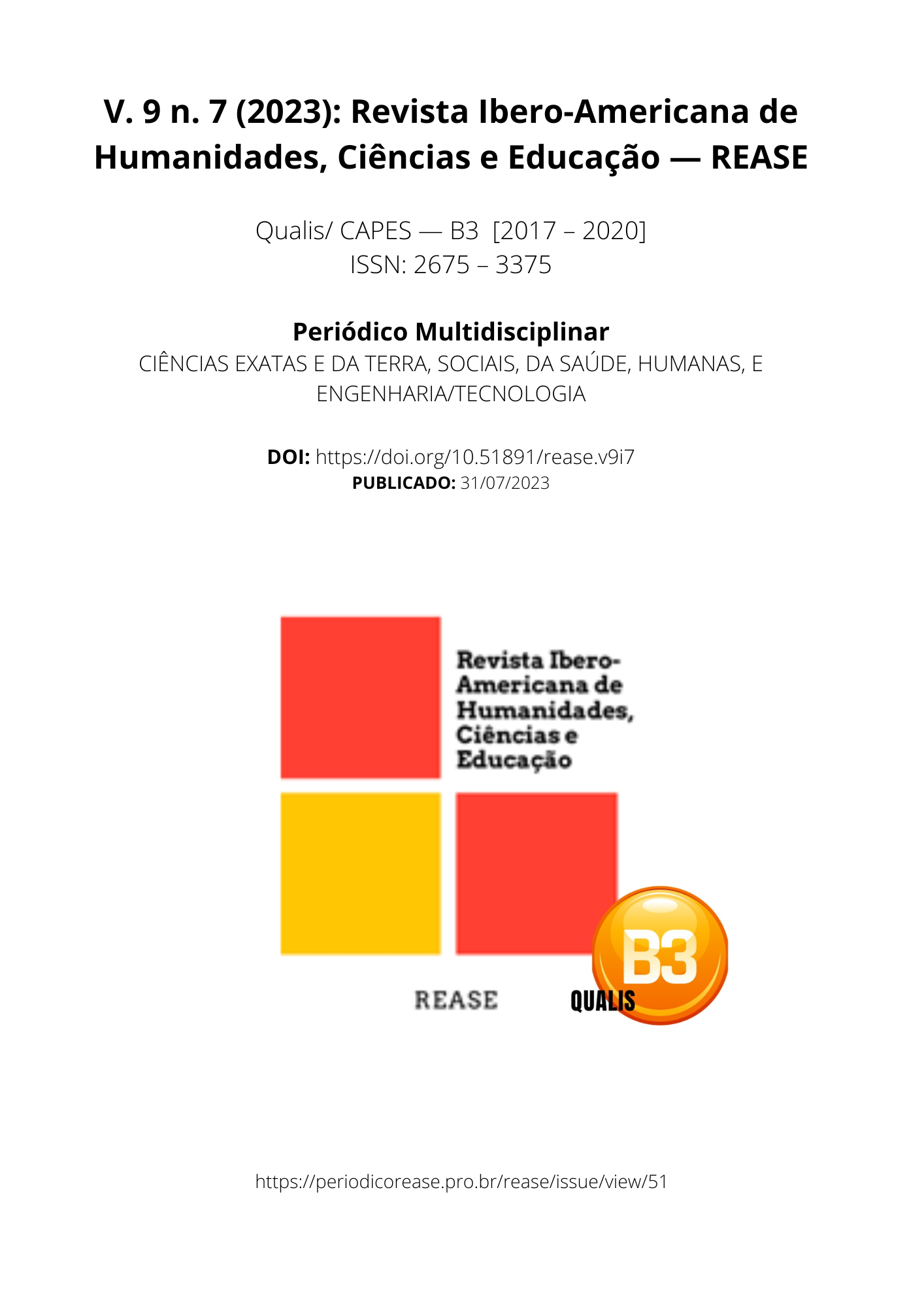ENVIRONMENTAL AND TOXICOLOGICAL IMPACTS BY THE CONTAMINATION OF DRUGS MAINLY ANTIBIOTICS IN AQUATIC ENVIRONMENTS: LITERATURE REVIEW
DOI:
https://doi.org/10.51891/rease.v9i7.10620Keywords:
Toxicologia ambiental. Medicamentos. Bioacumulação. Biomagnificação.Abstract
Among the main causes of pollution of water resources are chemical compounds produced by human beings, including pharmaceuticals. Drugs differ from other chemical pollutants due to their potential impact on biota physiology. They may affect aquatic organisms, which are not the target of their use, being likely to cause chronic effects, in addition to additive or synergistic interactions with other compounds. Contamination by antibiotics occurs after their use, where a significant part of the original drug and its metabolites are eliminated by the body through urine and human and animal feces, reaching sewage treatment plants and their effluents through domestic sewage, and hospitals. The objective of this research was to report the harmful effects that the release of drugs causes in the environment, taking into account antibiotics. Providing an analysis of publications on the environmental toxicology of pharmaceutical waste pollution in aquatic environments. In general, the drugs have a low rate of biodegradability and persist for a long time in aquatic environments. Most studies carried out on the ecotoxicity of drugs in aquatic environments show that most of these chemical compounds are quite toxic to local biota such as fish and algae. Antibiotics, depending on the concentration or time of exposure, are not shown to be lethal to organisms, but the repetitive and lasting effect of these drugs on exposure can generate chronic effects. Another important concern about the presence of antimicrobials in these environments is bacterial resistance, which can lead to ineffective pharmacological treatments in humans and in veterinary use.
Downloads
Downloads
Published
How to Cite
Issue
Section
Categories
License
Atribuição CC BY

